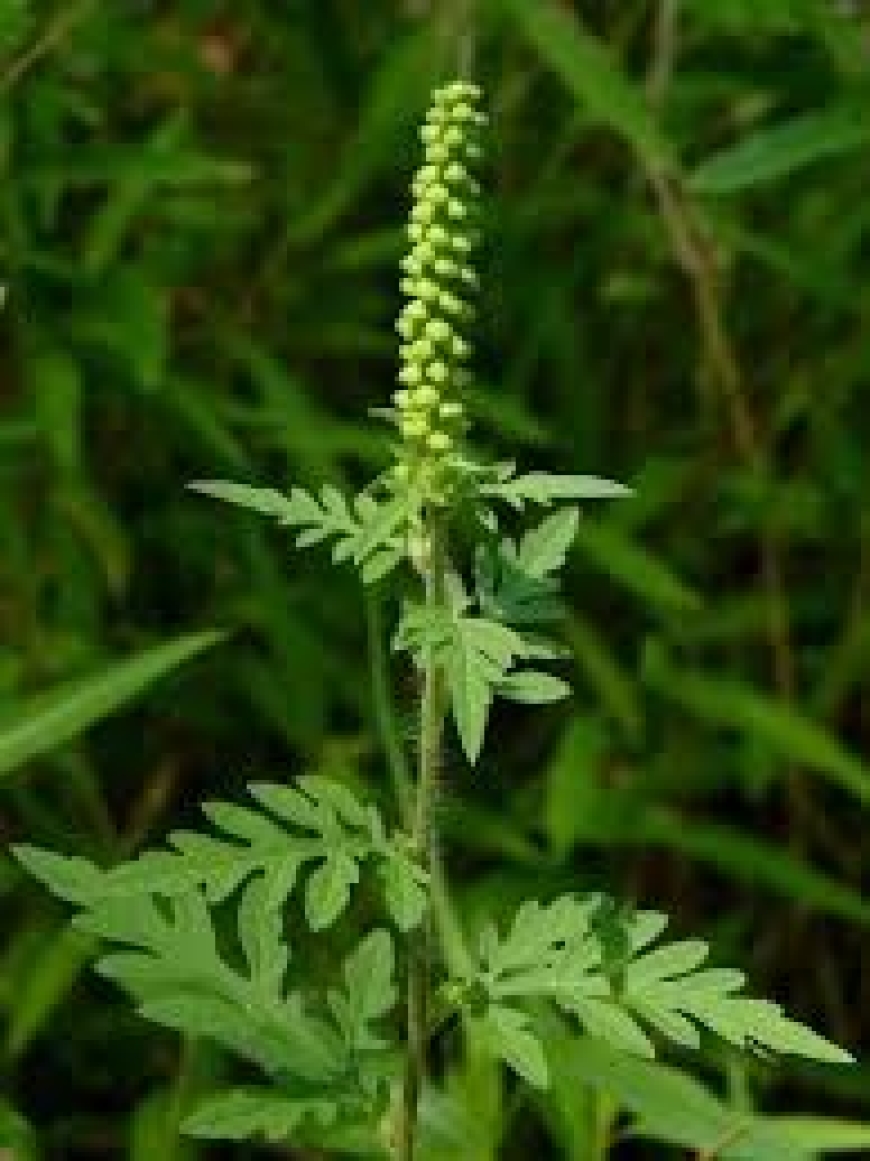



Goldenrod Was Framed
Please don’t blame late-season allergies on goldenrod. Well, not unless you’ve discovered bees going up your nose lately. It turns out that pollen from goldenrod, which is in glorious bloom throughout the region right now, is too heavy to waft on the wind. These plants rely on bees and other pollinators to convey their sticky pollen grains from one flower to another, which is why goldenrods don’t cause hay fever, even if they wanted to.
While most plants respond to the longer nights of late summer by winding down their business for the season, goldenrod is a “short-day” plant. It actually needs dwindling daylight to remind it to bloom. A perennial in the aster family, it is widespread across North America. And diverse as well: continent-wide, we have something like 130 species of goldenrod in the genus Solidago. They transplant easily, and add a splash of color to the landscape when other plants are fading away. Goldenrods tend to spread out, however, and will need some discipline from time to time.
As one of the most plentiful posies of late summer and early fall, this native wildflower is a vital source of nectar and pollen for myriad bee species. Sadly, goldenrod’s showy yellow blooms are in full view along roadsides and in meadows and pastures at same time that an intense wave of seasonal hay fever typically begins. This “wrong place, wrong time” coincidence has given it a black eye (though not a black-eyed Susan) among allergy sufferers.
It’s understandable that goldenrod has been blamed for the red itchy eyes, sinus congestion, sneezing, and general histamine-soaked misery that many folks experience this time of year. But goldenrod can’t be guilty because its pollen weighs too much. That’s a relative statement, I suppose, since it’s light enough for bees to cart away loads of it. But compared to other kinds of pollen, it’s downright chunky. It isn’t that goldenrod pollen is not capable of eliciting an allergic response; it’s just that to do so, something – a bee, for instance – would have to deliver it to your nasal passages.
So, who is really to blame for the spike in late-summer allergies? The culprit is goldenrod’s evil cousin, ragweed. Like goldenrod, ragweed is also a native plant in the aster family, although beyond that, it’s not at all like its golden kin. The pollen that flies on the breeze and makes you sneeze, the stuff that stuffs you up – is courtesy of ragweed. Unattractive and ill-mannered, ragweed is like that obnoxious uncle you don’t want sitting next to you at Thanksgiving dinner.
Sadly, you can’t sit far enough away from ragweed. Its pollen is so wispy, it stays airborne for days on end until a rain event wipes the slate clean for a while. In fact, clouds of it have been detected in the air as far as 400 miles out to sea. And ragweed churns out this talcum-fine pollen like there’s no tomorrow: a single plant will make more than a billion individual grains. When a tall, beefy ragweed plant sheds pollen, it can seem like someone just shook out an invisible vacuum-cleaner bag; it’s that thick.
One reason we don’t accuse ragweed of inflaming our nasal mucosa is that its flowers look nothing like proper posies. They are a dull, drab green, blending in perfectly with the rest of the plant. It’s as if ragweed makes a point of flying under our radar so that its eye-catching but inoffensive cousin the goldenrod will take the rap for its misdeeds.
The reason ragweed flowers are so generic and easy to overlook is because they’re wind-pollinated. They don’t need to advertise themselves with bright colors, sweet smells, and sugary nectar. Insect-pollinated plants have to bribe bees, butterflies and other pollen-couriers with flashy hues and bon-bons. It’s a very efficient scheme, but takes a lot of energy.
Wind-pollinated plants figured out they don’t have to do anything to attract the wind, so they kick back and avoid the expense of putting on a show. The downside is that the wind is not good at getting pollen to the exact right place. Since nearly all ragweed pollen goes where it shouldn’t, including up our noses, ragweed plants need to make tons more of it.
Most ragweed species – there are about 50 of them – are annual self-seeders. That means they die each fall, but new plants sprout in the spring from the copious seeds produced each fall. Ragweed will continue to crank out allergens until the first hard frost, so let’s hope we don’t have an exceptionally long season this year. Please help spread the word that goldenrod rules, and spare it false accusations.
If you ever do find bees in your schnozz, I urge you to seek medical – or maybe entomological – help right away.

